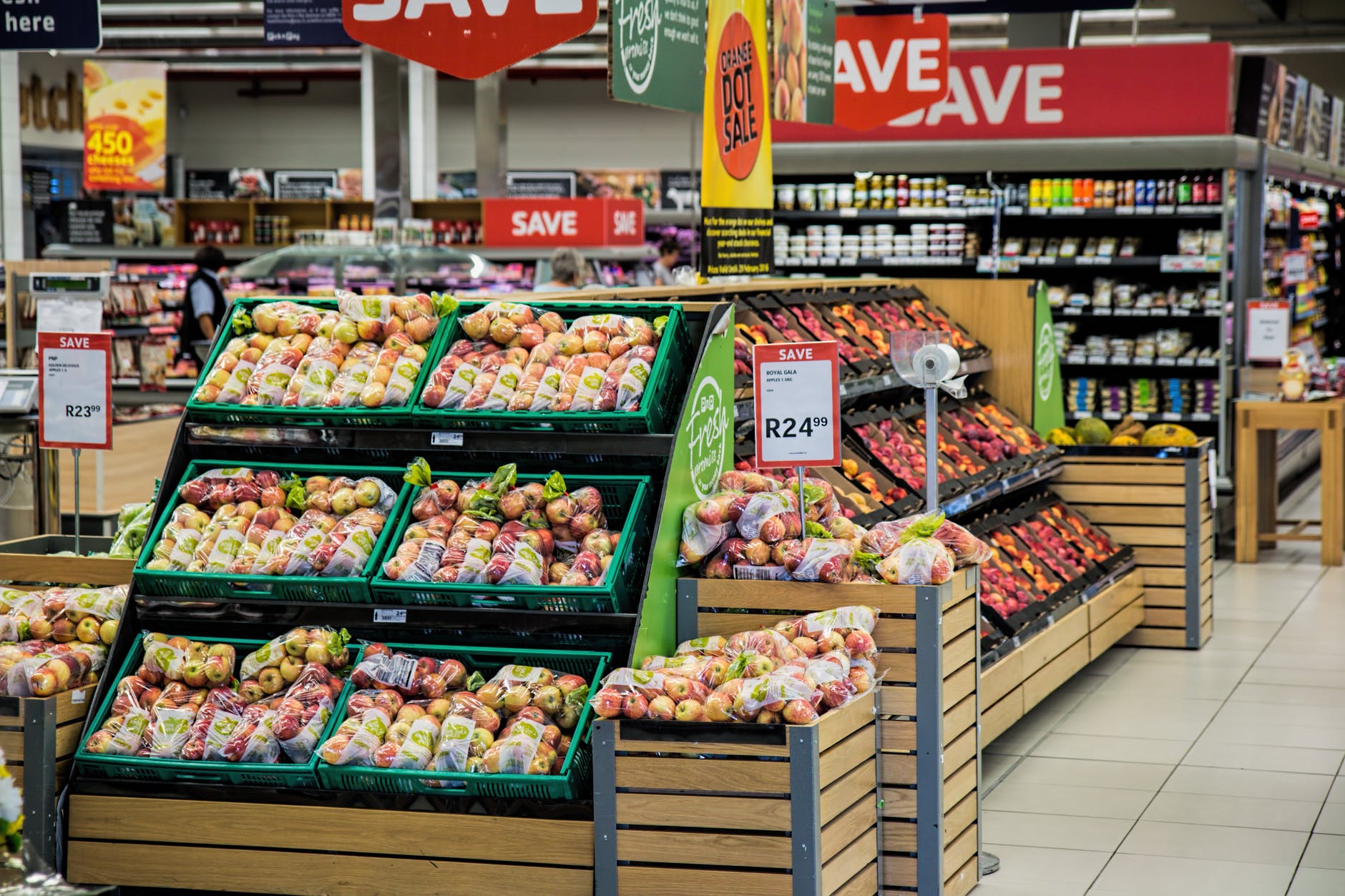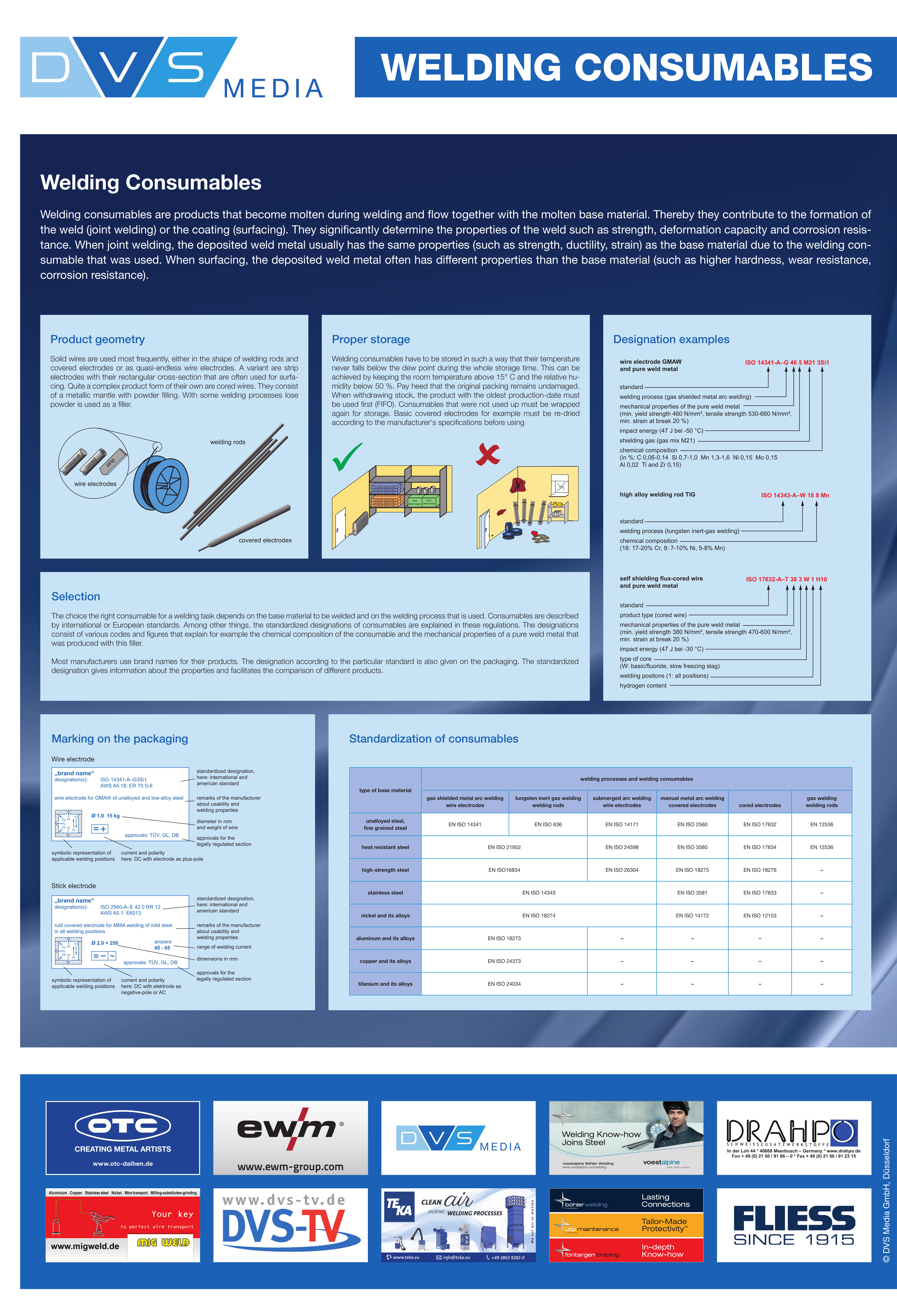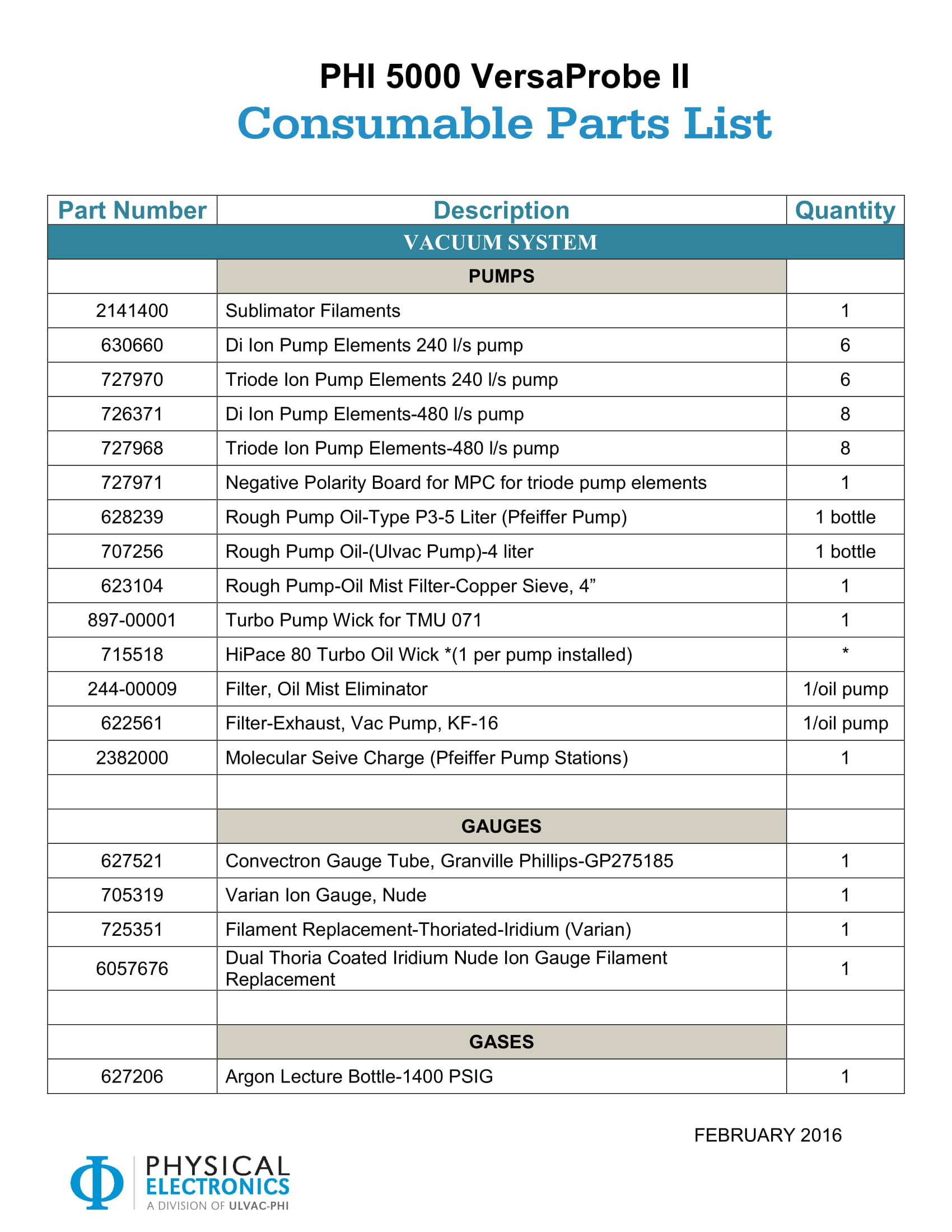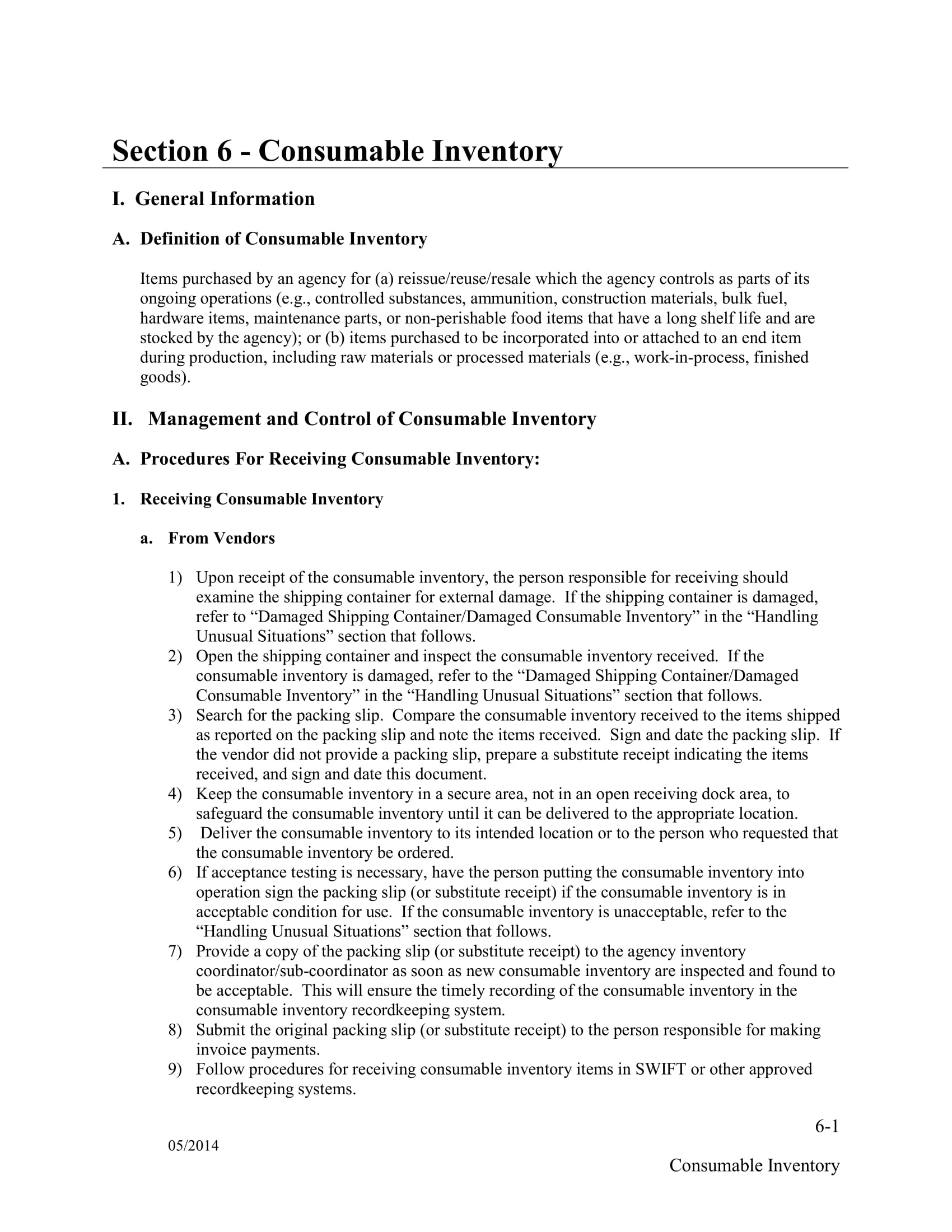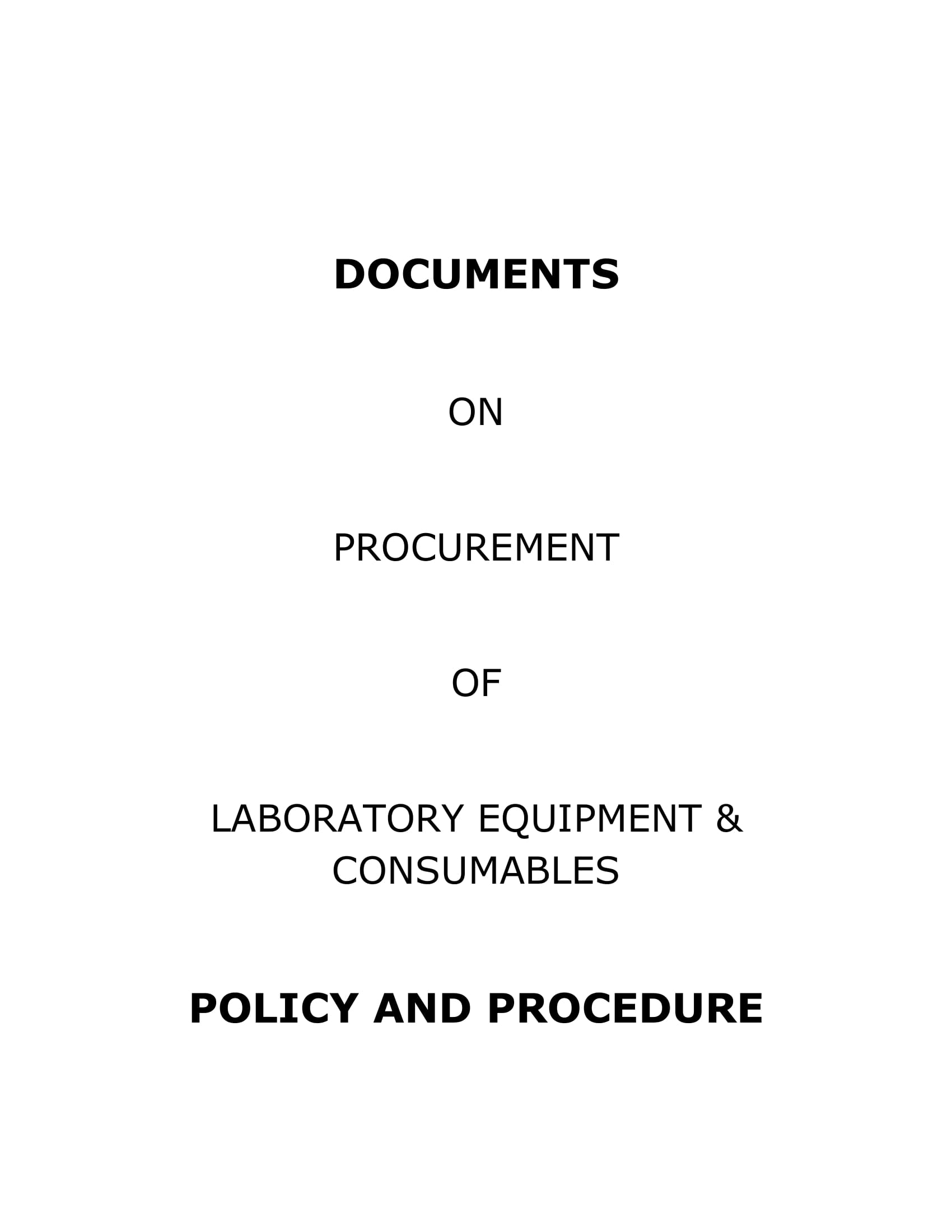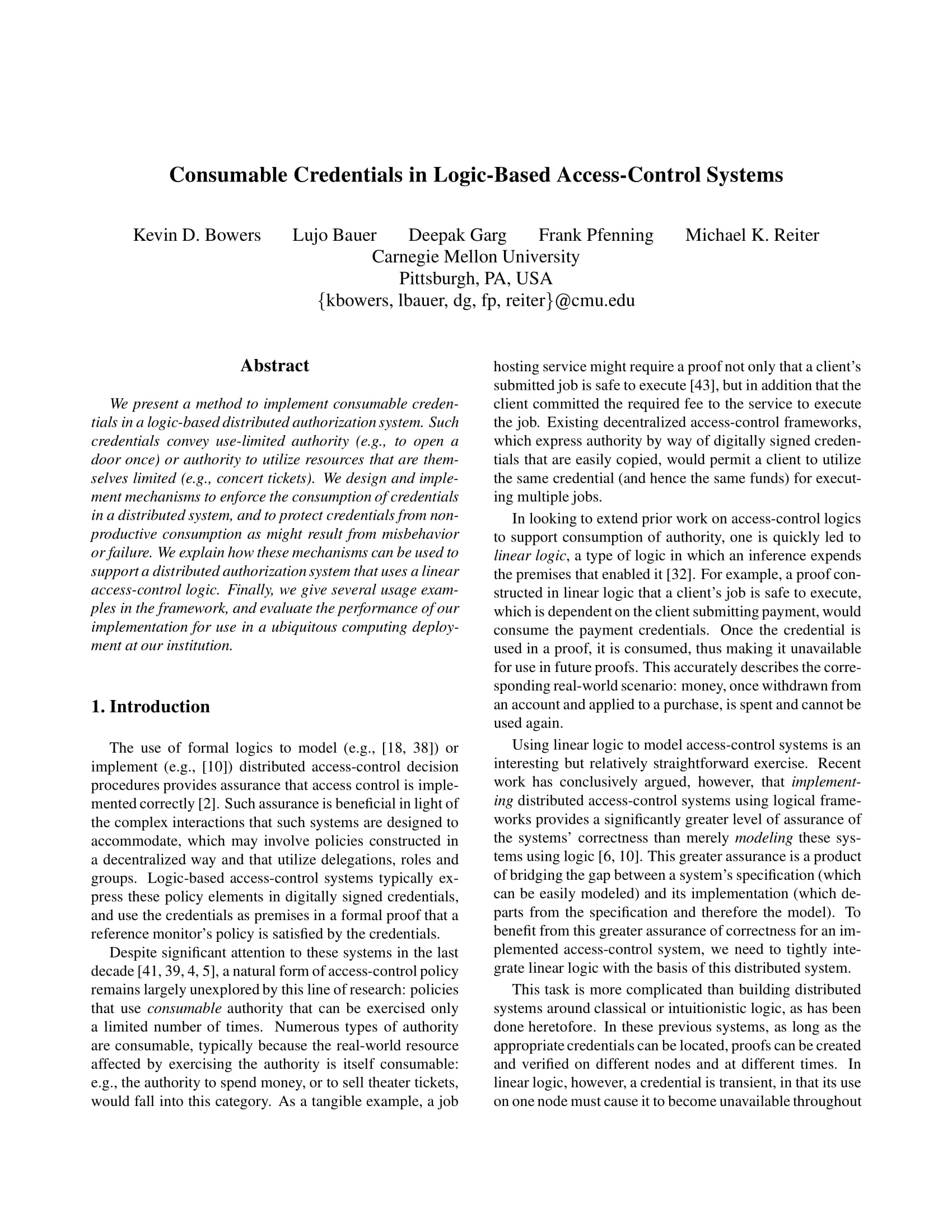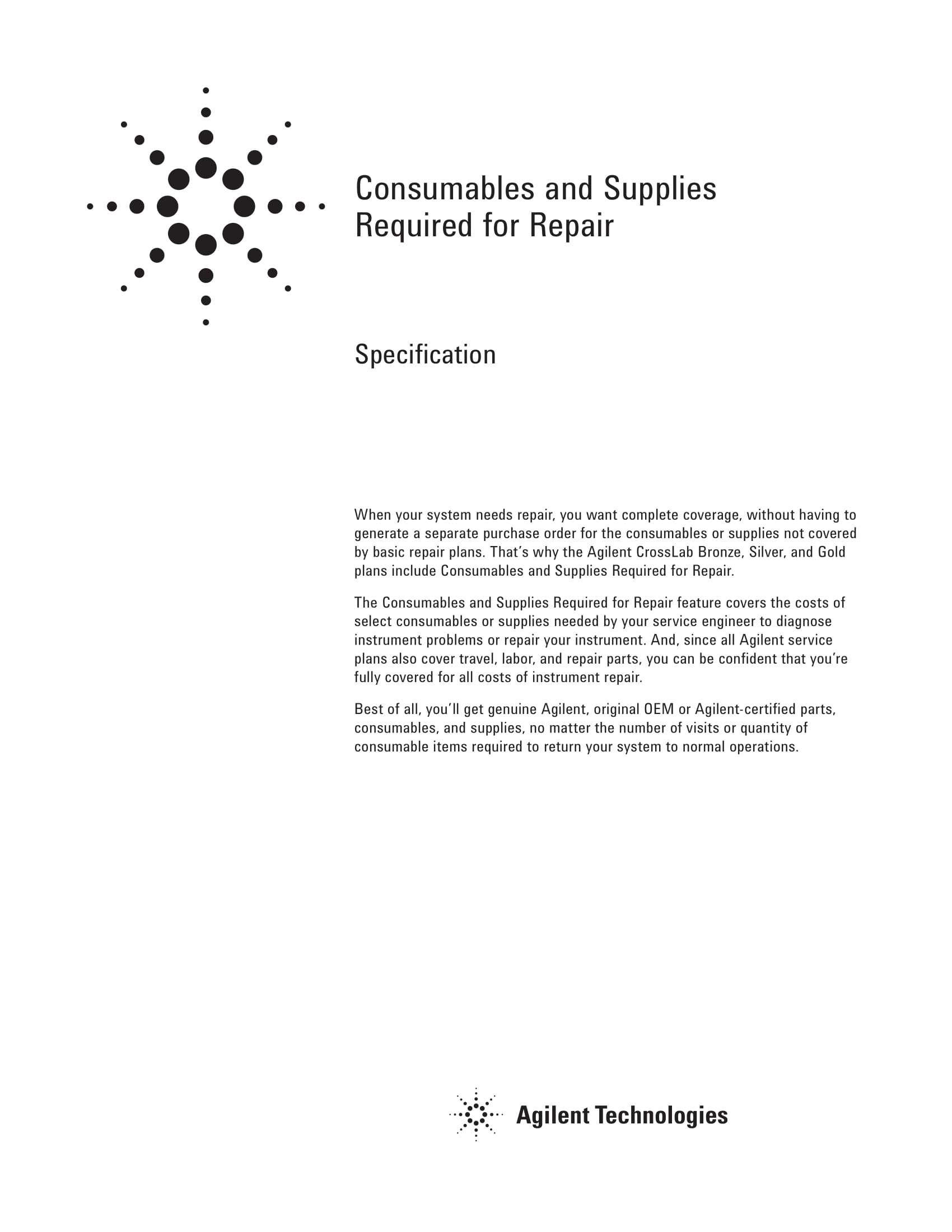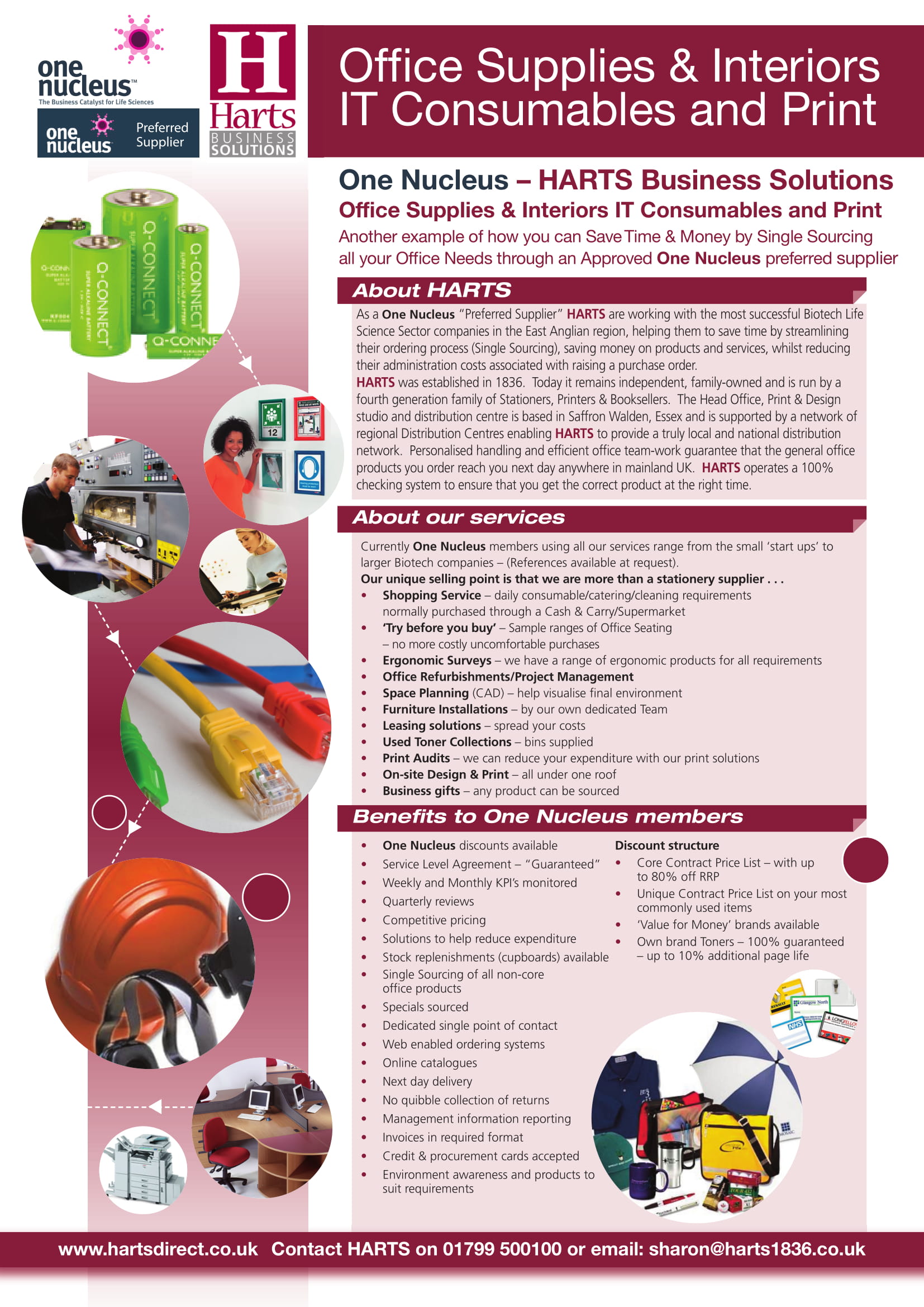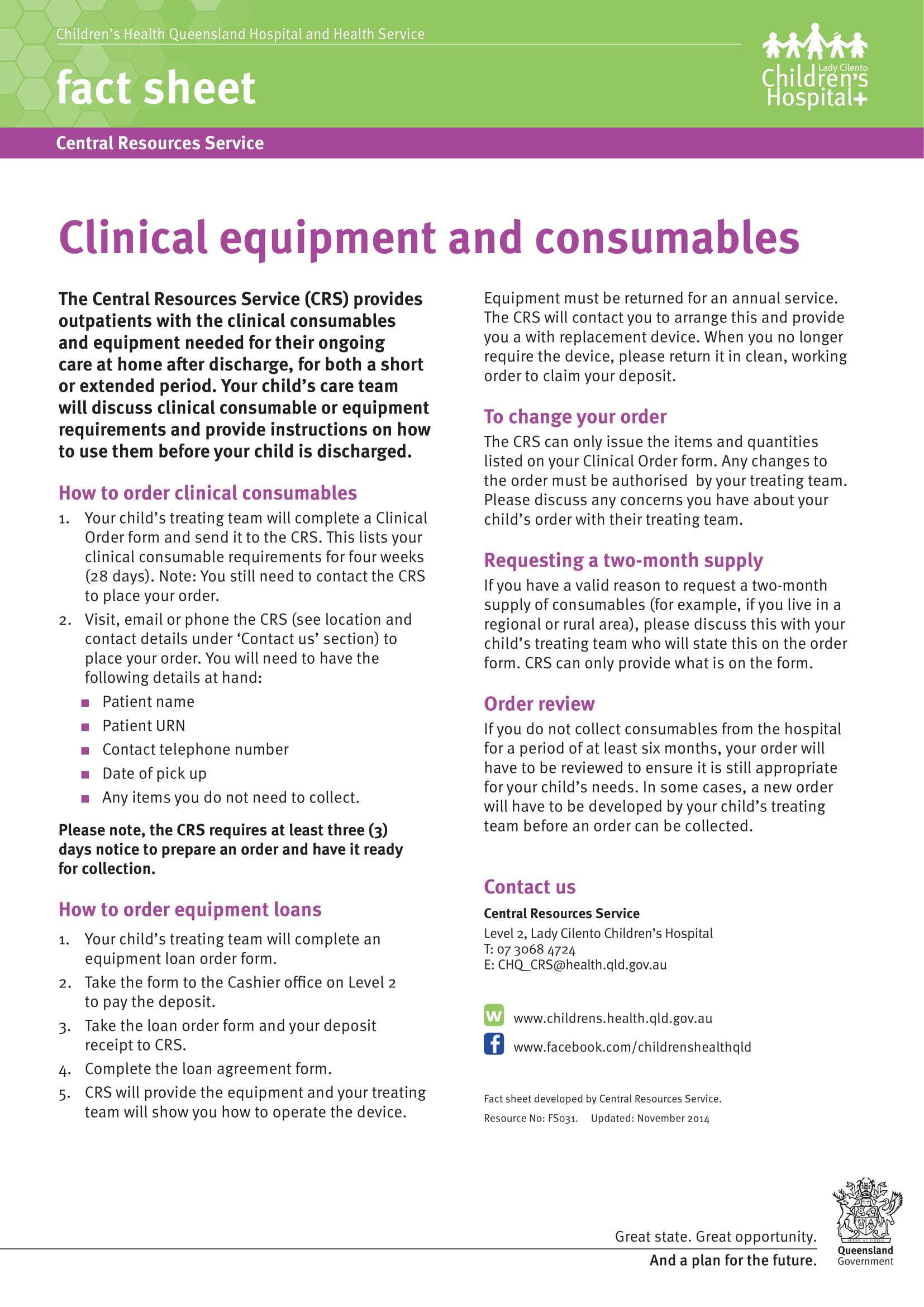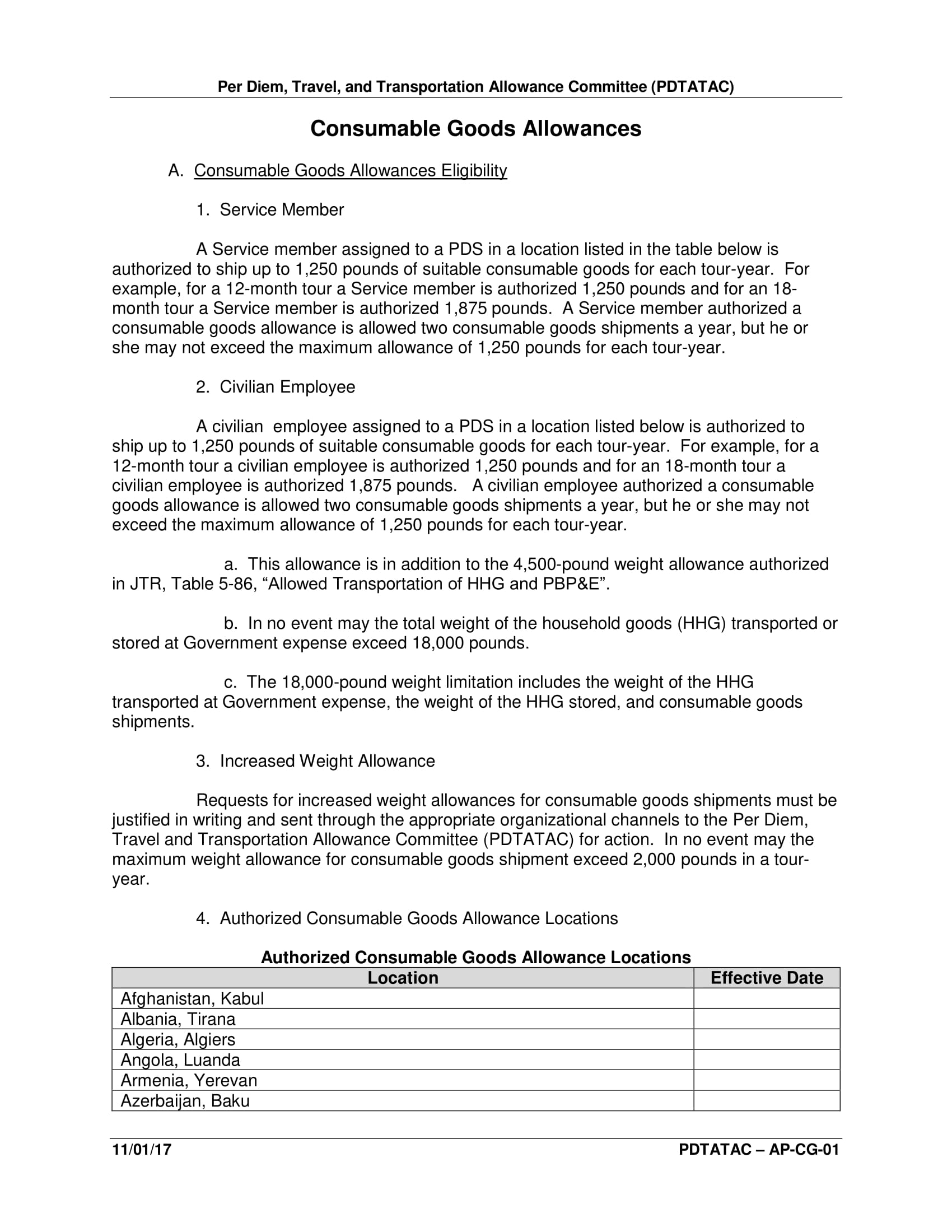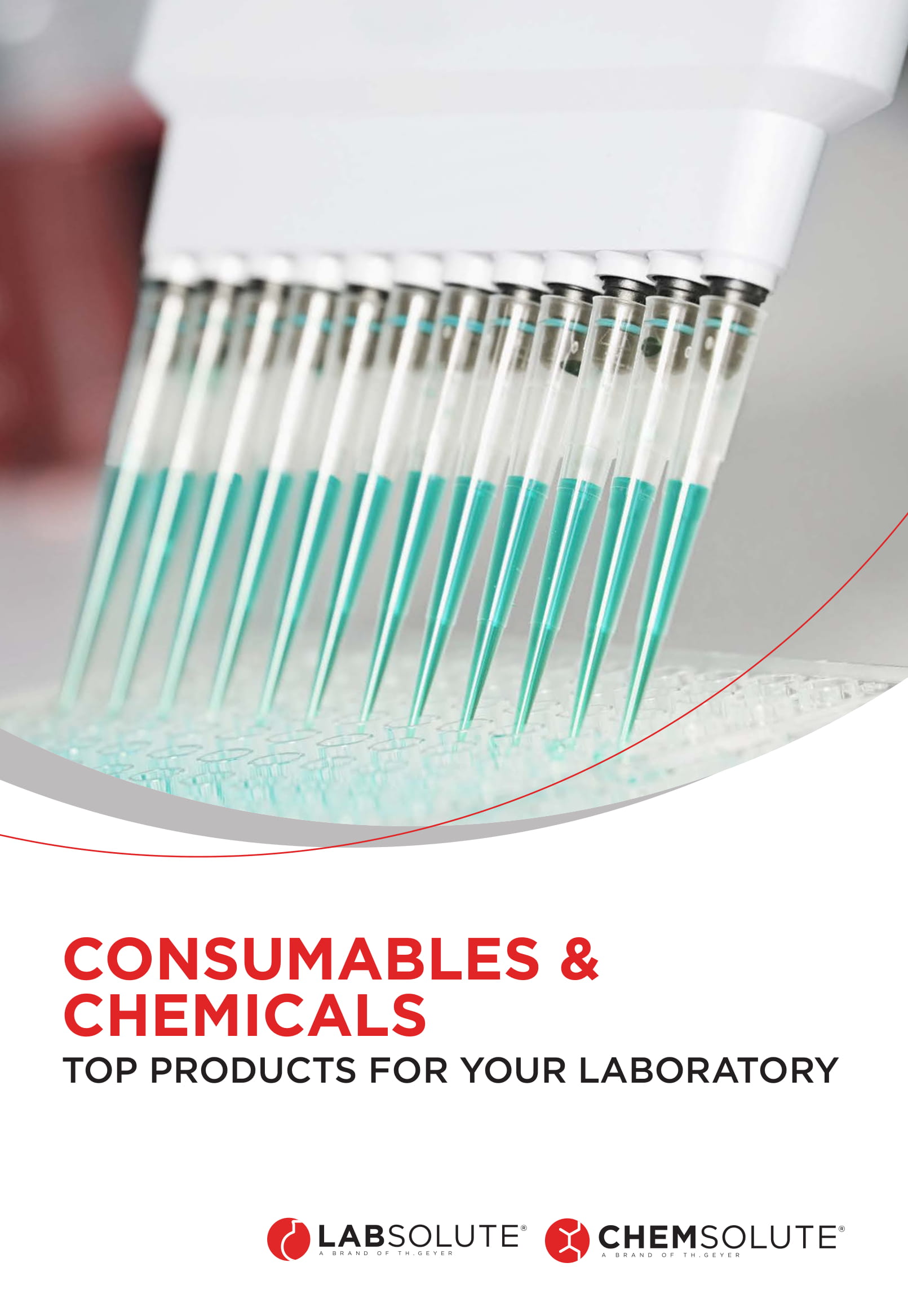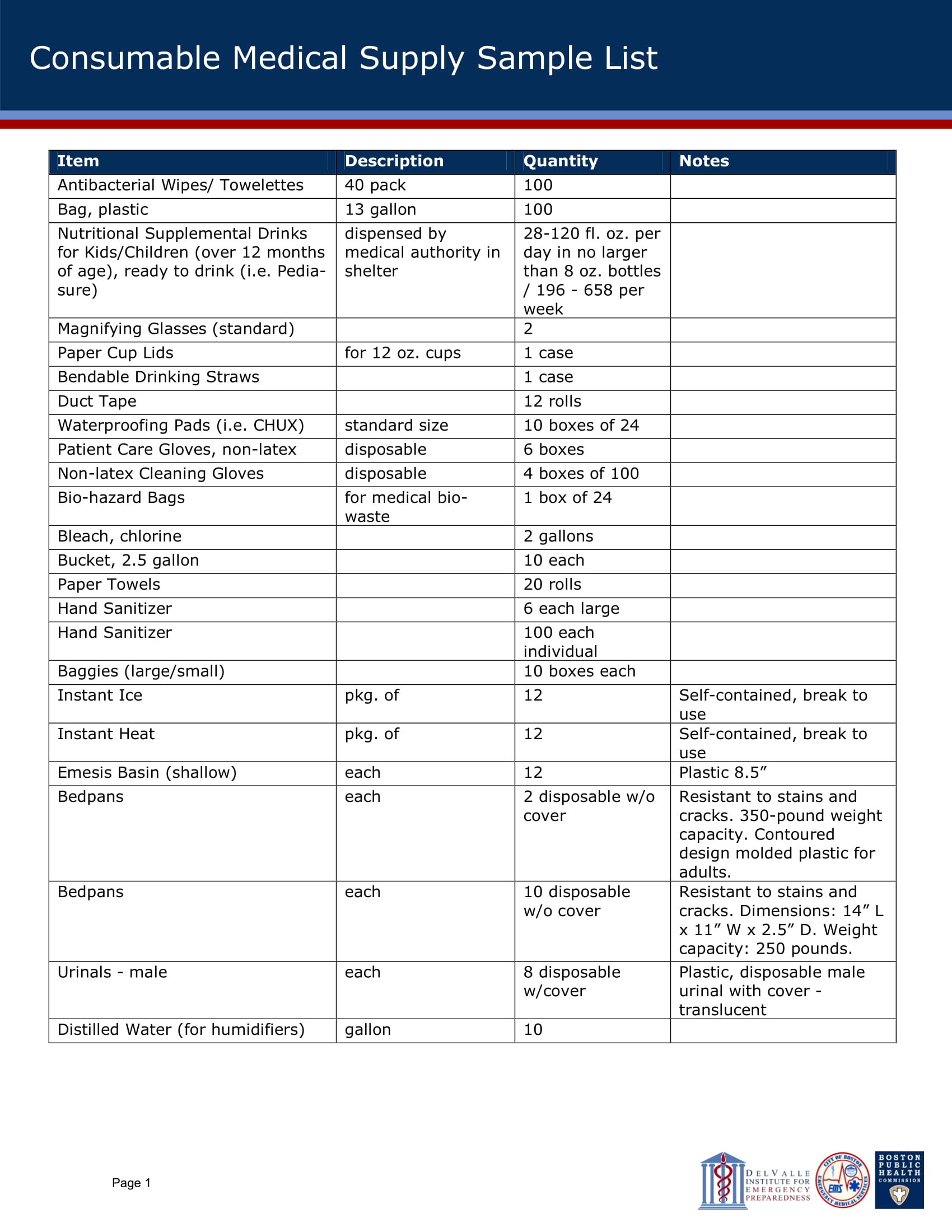12+ Consumables Examples to Download
Consumables, simply put, are the goods or items that are developed or made to be consumed. There are different types of consumables depending on the industries that require particular commodities and the functions or benefits that specific consumables can provide individuals and groups with. You may also see system inventory examples.
Consumables are commonly listed in a supply inventory for businesses to ensure that they can provide the demands of customers, clients, and/or consumers or the operational and internal requirements of the organization itself. It is recommended for businesses to develop this document as it also promotes organization when it comes to the ordering, safe-keeping, counting, and maintenance of consumables.
We came up with a list of various consumables that are used in different industries and fields of expertise. Let these downloadable examples of consumables be your document guides whenever you are ready to develop your own consumables list for your business or organization. You may also like accounting inventory examples.
Office Stationery and Consumables Example
Welding Consumables Example
Consumable Parts List Example
Things to Remember When Looking Into Consumables and Developing an Inventory of Particular Consumables for Your Business
It is essential for you to be knowledgeable of the effective ways on how you can develop a comprehensive and effective inventory examples for the consumables that you need or those that your target audience demand from you. Here are some of the details that can further define a consumable and can also thoroughly describe how you can benefit from properly stocking, storing, using, and ordering them in a timely manner:
1. Consumables come in different forms. From the term itself, consumables refer to the products and items that are consumed or used by entities recurrently. There are consumables that are needed in business operations like the raw materials that are essential in the development of the products of the business or those that are incorporated in the services acquired by customers. You may also see equipment inventory examples.
With this, it is essential for you to list all the actual consumables of the business so that you can track those that you have already used and those that you need to stock on.
2. Consumables can be used in a variety of settings. As an example, there are consumable office supplies like pens, note pads, pencils, and metal clips.
On another setting, there are also consumables that are used for cooking or gardening. The range of consumable types can result to the different ways on how consumable inventories are developed. This is the reason why you have to be sure of the precise and specific things related to the consumables that you use which you would like to record accordingly. You may also like food inventory examples.
3. Consumables are non-durable goods. Hence, there is a big difference when it comes to consumables and capital goods. The latter are actually durable and are used for a longer period of time while the former are usually discarded once used up. To give you a clearer idea, capital goods are the equipment and machinery used in a bakery. You may also check out restaurant inventory examples.
On the other hand, the consumables that a bakery needs include flour, baking powder, yeast, eggs, and other ingredients or raw materials that will allow them to create the products that they will sell and offer to their target market.
4. Consumables commonly have a short life span and are used not only by businesses but also by consumers. An example of this are the perishable goods that individuals order or buy to cook their own food. There are also consumables that are used for home cleaning and maintenance. You might be interested in inventory checklist examples.
Consumable Inventory Example
The Right Consumables for Better Chromatography Example
Documents on Procurement of Laboratory Equipment and Consumables Example
Common Types of Consumables
Businesses, establishments, and organizations sometimes find it hard to take note of the movement and conditions of their consumables. More so, some inventory examples are made poorly since consumable specifications are either incomplete or vague. There are different factors and elements that allow these to happen especially if the business does not thoroughly look into all the things that it uses for its continuous and sustainable operations.
As an example, a business whose main offer is alcoholic drinks and mixes can overlook the need for additional cocktail or wine glasses as they are focused more on the ingredients of the items in their attractive menu.
Being able to list down all the consumables of your business can make it easier for you to track their conditions, the need for maintenance, their particular description, as well as the dates of their manufacturing and expiration. You may also see asset inventory examples.
For you to be more particular with the consumables that you may need in your activities and processes, here are some of the common types of consumables that you can familiarize yourself with:
1. One of the most common type of consumables is the fast moving consumer goods. These consumables consist of the needs of the consumers on a daily basis.
One of the similar characteristics between fast moving consumer goods is that they can be used in a fast manner, which is why there is a quick and big demand for them in the market. Some examples of fast moving consumer goods include cleaning materials, hygiene supplies, and raw food items used as ingredients for a dish. You may also like store inventory examples.
2. There are also hospitality consumables that are widely used around the world due to the high demands for tourism products and services. With the influx of tourists and travelers, there is also a need for businesses to provide their needs. Hospitality consumables are commonly travel-related or those that are used by resorts and hotel facilities like small bathing soaps, shampoos, welcome teas, and coffee packs. You may also check out blank inventory examples.
3. Operating supplies are the consumables that are acquired by offices and other establishments for their operations. These consumables supplement or complement the machines and equipment in the workplace so that they can be usable and highly functional.
As an example, black and white as well as colored printer cartridges are necessary to be acquired so that the office can use the printer machine. The same goes with the purchasing of mouse pads and other computer or laptop accessories so that it will be easier and more efficient for employees to use their business computers. You might be interested in landlord inventory examples.
4. Some consumables are industry-specific like construction supplies. The field of construction deals with different consumables so that they can deliver the requirements of clients in every construction project. A few of the consumables used in the construction industry includes welding rods, duct and electrical tapes, hammer, and other tools needed for particular construction functions to be implemented. You may also see skills inventory examples.
5. Medicine and other medical-related consumables are important to medical facilities and their patients. These consumables comprise of the minor materials that are needed to diagnose treatments for injuries and other processes that are needed to be implemented to address the concerns and issues of patients. You may also like process inventory examples.
Some of the consumables used in this setting include medical bandages, disposable gloves, and medicines for diseases and other health concerns.
Consumable Credentials in Logic-Based Access-Control Systems Example
Consumables and Supplies Required for Repair Example
Office Supplies, Interiors, IT Consumables, and Print Example
How Can Consumables Affect Your Business Operations?
Consumables and their proper inventory play a vital role in providing the successes of the business. Inventory tracking and management can help you ensure that your consumables are enough for you to execute your work functions and processes. Aside from this, here are more instances that can showcase how your consumables and consumable inventory can affect your business and its operations:
1. If you will lack the number of consumables that you need for a particular time frame, there is a high possibility for your operations to stop or pause.
An example of this is when you need to print marketing paraphernalia and materials for a new campaign but you forgot to stock the desired amount of photo paper or any other mediums where you intend to print your advertisement. This can cause your business a shorter time to promote a new product launch or to work with the dissemination of your marketing message within the marketplace. You may also see moving inventory examples.
2. Consumables can affect your relationship with your customers and other target audience. It is important for you to always provide the needs and demands of your clients.
If you are always out of stock, it can actually affect the relationship between you and your customers as they can no longer trust you to provide them a product when they need it. This is one of the reasons why proper simple inventory of consumables is necessary so you can veer away from situations where shortage occurs.
3. Overstocking of consumables is also not good for you just as how shortages can negatively affect you. A lot of consumables have expiration dates. If you have too much items that may expire since you still have a lot of the similar products to use, then this will include to the costs of the business and the operations. Allowing this to happen can only lessen your profits and can also hinder you from maximizing the usage of your resources. You may also like school inventory examples.
4. The quality of your consumables can reflect the quality of your output. If you have consumables with quality standards, then it is most likely that you will come up with outputs that are of standard as well.
This can help you to be more confident with the products and/or services that you plan to offer to your customers. More so, this will allow you to develop a brand and an image that will be incorporated in the overall quality not only of your offers but also of the consumables that you have used. You may also check out inventory list examples.
Clinical Equipment and Consumables Example
Consumable Goods Allowances Example
Top Laboratory Products, Consumables, and Chemicals Example
Consumable Medical Supply List Example
Tips and Guidelines When Dealing with Consumables
Consumables, no matter where you plan to use them, are essential items that can help you achieve the outputs that you would like to have. This is the reason why you have to give importance with how you look into the consumables that you use either as an individual or as a group entity. You may also see data inventory examples.
Listed below are the tips and guidelines that you can make use of if you would like to deal with the identification of your organization’s consumables and the development of a through consumables inventory.
1. Know the purpose of the consumables and the timeliness of their usages. You have to be very particular with these items as these can dictate the proper and maximum usages of the consumables that you acquired. Through this, it will be easier for you to develop a basic inventory and a consumable requirements checklist based on your operations and its requirements.
2. Be specific and particular when listing your consumables. Any error or lapses in your record can negate the purpose of the consumables’ listing. It is essential for your inventory to always be updated so you can have an idea of the condition of your consumables. You may also like property inventory examples.
3. Use references like templates when formatting your consumables list. Doing this can make it efficient for you to develop a well-formatted and detailed inventory. This will allow you to smoothly maintain your consumables in the level that is beneficial for your business operations. You may also check out retail inventory examples.
As we have mentioned above, there are different kinds of consumables. The specific consumables used by a particular organization is not necessarily the same items that another entity needs for its activities or operations. Download any of our consumable examples now and use them as your references when developing your own inventory database for your consumables.


